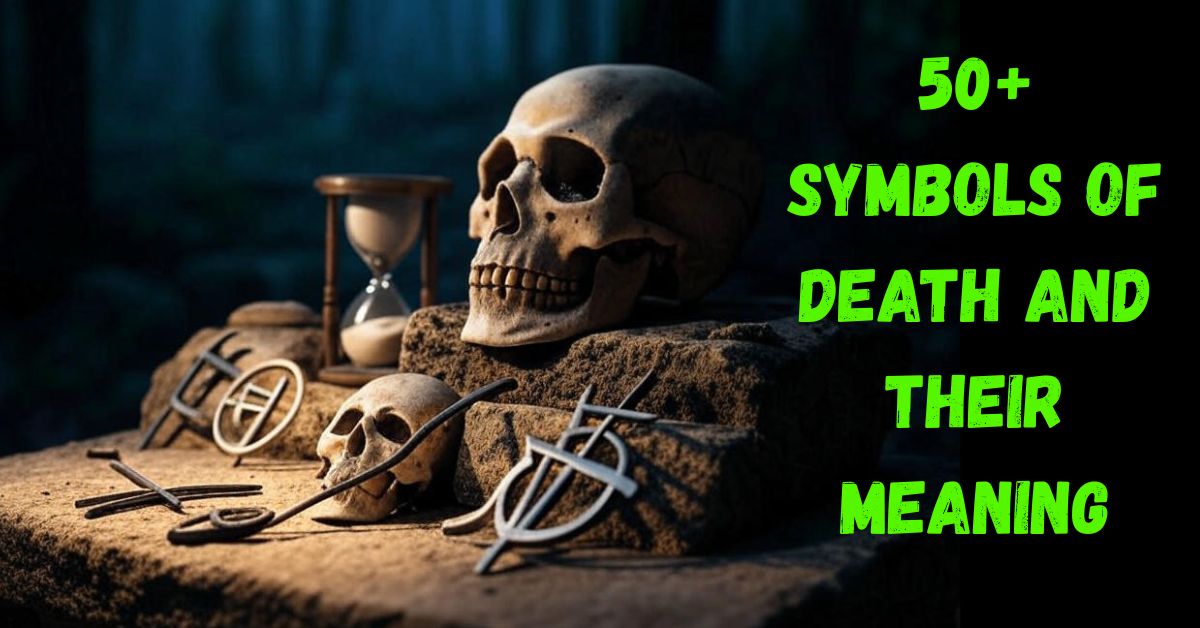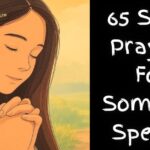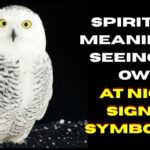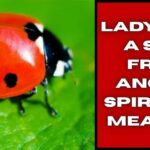Across history, cultures worldwide created symbols to represent death and mortality. The Grim Reaper’s scythe, butterflies symbolizing transformation, religious icons like the crucifix and Lord Yama, and natural imagery including wilting flowers and fallen leaves all help humans process mortality.
Colors carry meaning too black for mourning in the West, white in much of Asia. These diverse symbols, constantly evolving in contemporary art and fashion, reflect humanity’s ongoing effort to comprehend and accept life’s inevitable end through visual language that transcends cultural boundaries.
The Most Recognizable Death Symbols
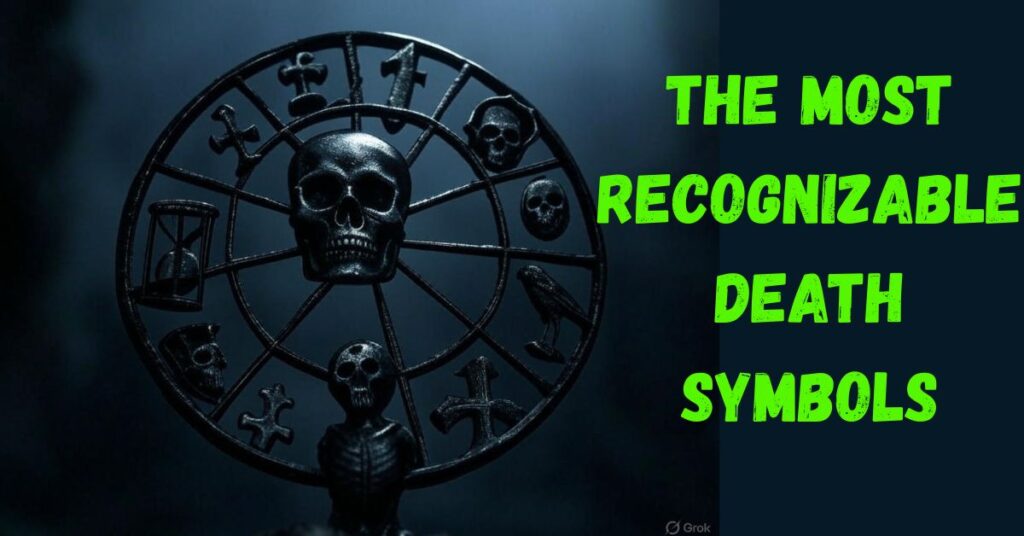
1. The Grim Reaper
- The skeletal figure in a black hooded cloak carries a scythe to harvest souls.
- This personification of death emerged in 14th century Europe during the Black Plague.
- The scythe represents the harvesting of souls, while the hood symbolizes the invisibility and mystery of death.
2. The Skull
- Human skulls are the most direct reminder of our mortality.
- Used in religious practices, art, and contemporary fashion to symbolize life’s impermanence.
- In Mexican culture, decorated skulls (calaveras) celebrate deceased loved ones during Día de los Muertos.
3. The Hour Glass
- Represents the limited time we have on earth.
- When the sand runs out, our time in this world ends.
- Often depicted with the Grim Reaper to emphasize death’s inevitability.
4. The Coffin
- The vessel that carries the deceased to their final resting place.
- Different cultures use various materials and designs reflecting their beliefs about the afterlife.
- Shape and decoration often signify the deceased’s status and the community’s resources.
5. The Tombstone
- A permanent marker of someone’s life and death.
- Inscriptions and designs reveal cultural attitudes toward mortality.
- Modern headstones may include photos, QR codes, or other personalized elements.
Nature-Based Death Symbols
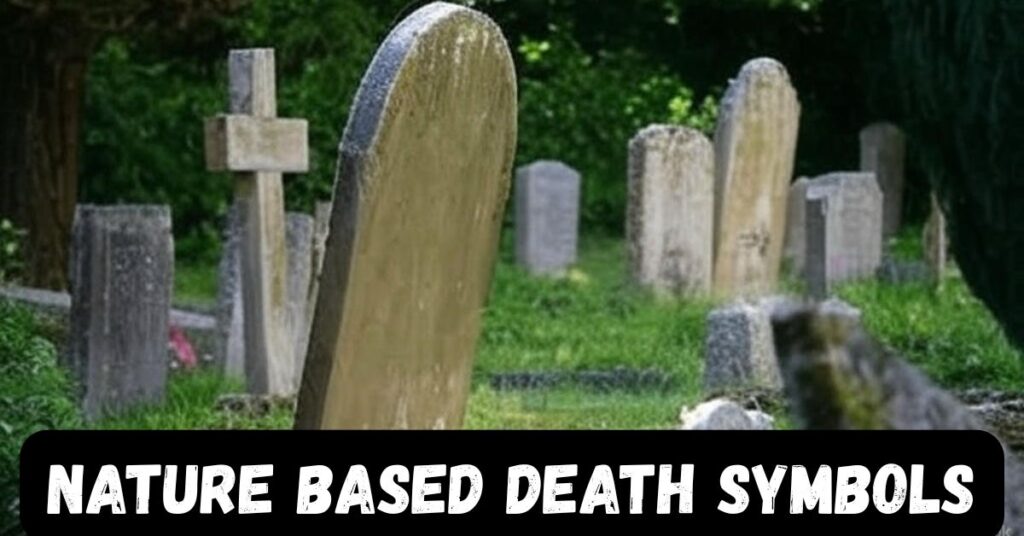
6. The Vulture
- These scavengers feed on the dead, creating a natural association with death.
- In Egyptian mythology, the vulture goddess Nekhbet offered protection in the afterlife.
- Their circling flight pattern often signals something has died below.
7. Skeleton
- The enduring remains of a once living being.
- Depicted dancing in medieval “Danse Macabre” art to show death claims everyone regardless of status.
- Modern interpretations often use skeletons to represent the foundation of life rather than just its end.
8. Dead Tree
- A barren tree without leaves symbolizes life that has ended.
- Winter trees represent temporary death before spring’s rebirth.
- In art, dead trees create a foreboding atmosphere suggesting mortality.
9. The Black Cat
- Considered an omen of bad luck and death in many Western cultures.
- In ancient Egypt, cats were guardians who could travel between worlds of the living and dead.
- Their nocturnal nature associates them with darkness and the unknown.
10. The Mourning Dove
- Its sorrowful call sounds like weeping, connecting it to grief.
- Named for its mournful cooing that resembles lamentation.
- Often appears at funerals and gravesites in folklore.
Creatures of Death

11. The Owl
- Their nocturnal nature and haunting calls associate them with darkness and death.
- In Ancient Rome, an owl’s hoot predicted imminent death.
- For the Navajo people, owls are associated with witchcraft and bad omens.
12. The Bat
- Cave-dwelling mammals associated with darkness and the underworld.
- Their nocturnal habits and strange appearance connect them to supernatural death beliefs.
- In Chinese culture, bats paradoxically symbolize good fortune and longevity.
13. Ouroboros
- The serpent eating its own tail represents the cycle of life, death, and rebirth.
- Ancient symbol found across many cultures from Egypt to Norse mythology.
- Represents eternal return and the continuous cycle of destruction and recreation.
14. The Noose
- A tool of execution with strong associations to suicide and punishment.
- Represents final judgment and the thin line between life and death.
- In tarot and other symbolic systems, represents sacrifice or dramatic ending.
Religious Death Symbols
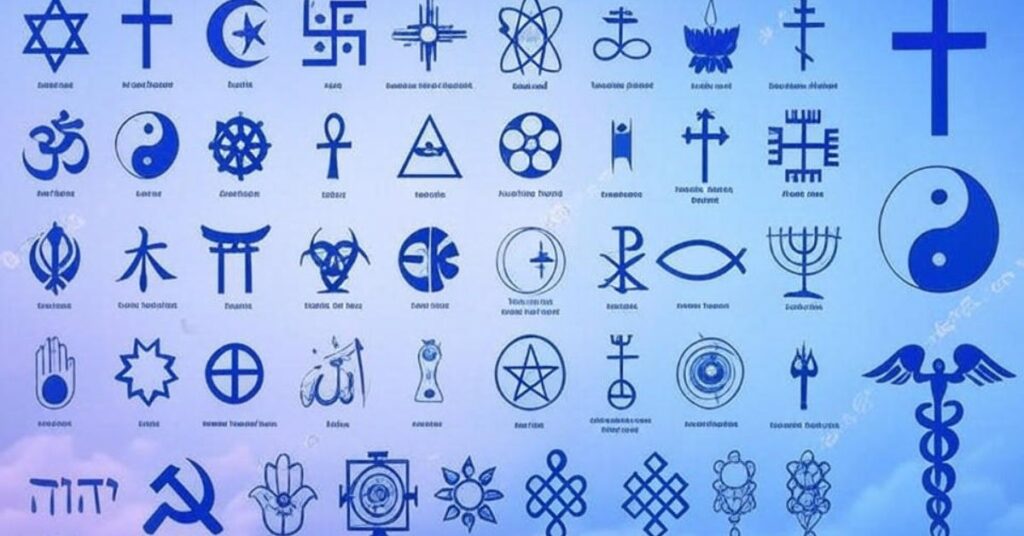
15. The Cross
- In Christianity, represents Christ’s sacrifice and triumph over death.
- Empty cross symbolizes resurrection and eternal life.
- Different cross designs appear in cemeteries worldwide.
16. Extinguished Candle
- The snuffed flame represents a life that has ended.
- In funeral services, extinguishing candles marks the end of earthly existence.
- The smoke rising symbolizes the soul’s ascension to heaven.
17. The Mirror
- Covered mirrors in a house of mourning prevent the soul’s entrapment.
- In Victorian times, mirrors were draped in black cloth when someone died.
- Reflected image represents the soul that could be captured at the moment of death.
18. The Snake
- Biblical symbol of temptation leading to mortality.
- Sheds its skin representing transformation and rebirth.
- Venomous species directly connected to sudden death.
Physical Signs of Death
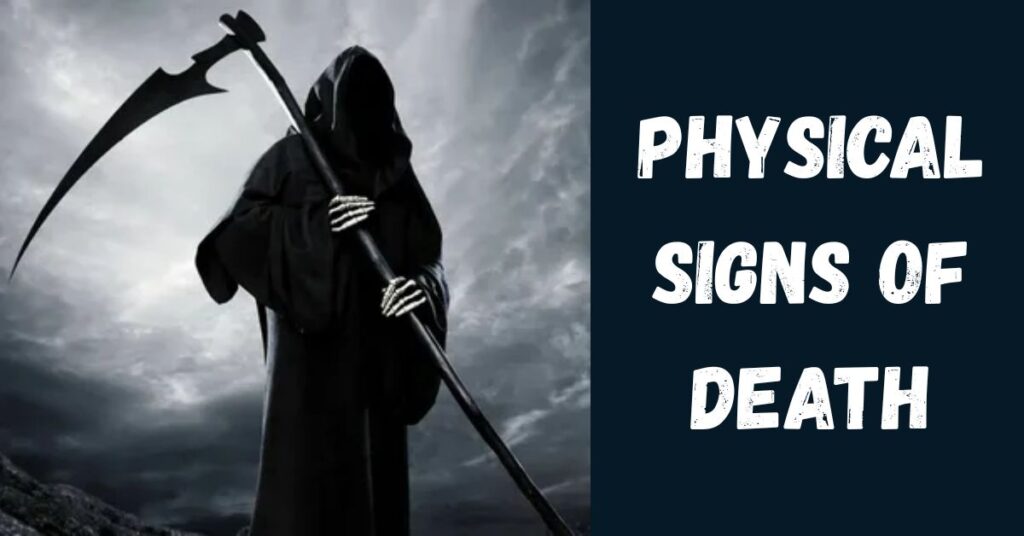
19. Rotting Flesh
- The decomposition process reminds us of our physical impermanence.
- Featured in “memento mori” art to encourage virtuous living.
- Visual reminder of death’s inevitability and the body’s temporary nature.
20. Blood
- The life force whose absence signals death.
- Red color symbolizes both vitality and mortality.
- Bloodshed in art and literature represents violence leading to death.
Insects and Small Creatures
21. The Black Butterfly
- In many cultures, believed to be a departed soul returning.
- Different butterfly colors represent different aspects of death and transformation.
- Metamorphosis process mirrors the soul’s journey through death.
22. The Waning Moon
- The diminishing lunar phase symbolizes life drawing to a close.
- Represents the natural cycle of growth and decline.
- Dark moon phase associated with endings before new beginnings.
Cultural Death Practices
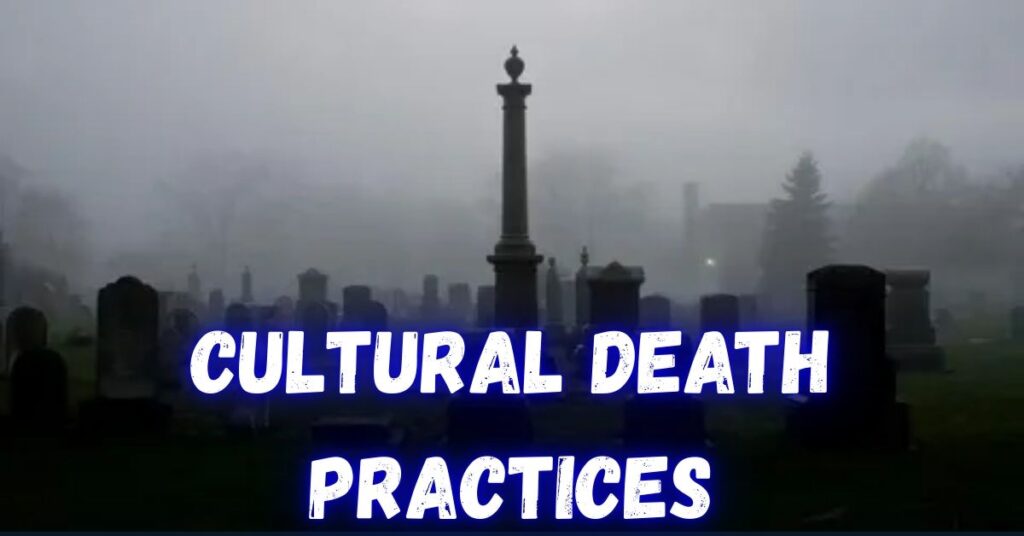
23. The Funeral
- A ceremony marking the transition from life to death.
- Rituals vary dramatically across cultures but serve similar psychological purposes.
- Helps the living process grief while honoring the deceased.
24. The Plague Doctor
- Bird-like mask represents historic encounters with mass death.
- The distinctive beaked mask was filled with herbs to protect against “miasma”.
- Symbol of humanity’s attempt to understand and control death.
Transformation Symbols
25. Phoenix
- The mythical bird that rises from its own ashes represents renewal after death.
- Found in Greek, Egyptian, Chinese, and many other mythologies.
- Symbolizes that death is not final but leads to transformation.
26. Crows & Ravens
- Intelligent birds often seen in battlefields and cemeteries.
- In Norse mythology, ravens Huginn and Muninn served Odin, collecting knowledge from the dead.
- Their black plumage and scavenging nature connect them to death.
Tools of Death
27. Scythe
- The curved blade used by the Grim Reaper to “harvest” souls.
- Agricultural tool repurposed as death’s instrument.
- Represents the cutting short of life’s thread.
28. The Color Black
- Darkness associated with the unknown nature of death.
- Traditional mourning color in Western cultures.
- Represents the absence of light and life.
Memorial Symbols
29. Poppy
- Red poppies symbolize remembrance for fallen soldiers.
- Grew abundantly on WWI battlefields where many died.
- Represents both bloodshed and peaceful eternal sleep.
30. Stairway to Heaven
- Visual metaphor for the soul’s journey upward after death.
- Represents the transition between earthly existence and afterlife.
- Featured in religious art and near-death experience accounts.
Mythological Death Figures
31. Anubis
- Egyptian jackal-headed god who guided souls to judgment.
- Weighed hearts against the feather of truth to determine worthiness.
- One of history’s earliest psychopomps (guides of souls).
32. Cerberus
- The three-headed dog guarding the entrance to the Greek underworld.
- Prevented the living from entering Hades and the dead from escaping.
- Represents the permanent boundary between life and death.
33. Death’s Head Moth
- Moth with a skull-like pattern on its thorax.
- Featured in the film “Silence of the Lambs” as a transformation symbol.
- Its scientific name, Acherontia atropos, references the Greek fate who cut life’s thread.
34. Yama
- Hindu god of death and justice who determines souls’ fates.
- First mortal to die and find the path to the afterlife.
- Rides a buffalo and carries a noose to capture souls.
Divinatory Death Symbols

35. The Wheel of Fate
- Represents the cyclical nature of life, death, and rebirth.
- Reminds us that death is part of a larger pattern.
- Appears in tarot and other divinatory systems.
36. Death Tarot Card
- Number XIII in the major arcana, represents transformation rather than literal death.
- Depicts a skeleton with a scythe, harvesting lives.
- Upright meaning suggests endings and change; reversed suggests resistance to change.
Cultural Artifacts
37. Death Masks
- Facial impressions made of the deceased to preserve their likeness.
- Used in ancient Egypt, Rome, and during the European Renaissance.
- Captures the exact moment between life and death.
38. Funeral Pyre
- The wooden structure for cremating bodies in open air.
- Hindu tradition believes fire releases the soul from the body.
- Flames represent purification and transformation.
Supernatural Harbingers
39. The Banshee
- Female spirit in Irish folklore whose wailing predicts death.
- Attached to specific families as a messenger of impending doom.
- Her cry foretells death but doesn’t cause it.
40. Memento Mori
- Latin phrase meaning “remember you must die.”
- Artistic motif featuring skulls, hourglasses, and other mortality symbols.
- Reminds viewers to live virtuously given life’s brevity.
Modern Death Symbols
41. Flatline
- The straight line on an electrocardiogram indicating no heartbeat.
- Modern medical symbol of the moment of death.
- Appears in hospital dramas and on medical alert jewelry.
42. Chalk Outline
- Police marker showing where a body was found.
- Popularized by crime films and television.
- Represents the empty space left behind.
43. Ghost
- Spirit of the deceased that remains in our world.
- Represents unfinished business or traumatic death.
- Depicted as white, translucent figures in popular culture.
44. The White Light
- Reported in near death experiences across cultures.
- Represents transition to the afterlife.
- Symbol of peace and transcendence.
45. Deadly Plants
- Poisonous flora like belladonna and hemlock.
- Used historically for executions and assassinations.
- Nightshade family plants feature prominently in death symbolism.
Read For This Blog: Spiritual Meaning of Seeing an Owl at Night: Signs & Symbolism
Cultural Variants
46. White Funeral Clothes
- In Eastern cultures, white rather than black represents mourning.
- Symbolizes purity and the soul’s return to an unblemished state.
- Traditional in Chinese, Korean, and other Asian funeral practices.
47. Sugar Skulls
- Colorful decorations for Day of the Dead celebrations.
- Represent deceased loved ones with personalized designs.
- Transform death imagery into a celebration of life.
48. Koi Fish
- In Japanese symbolism, swimming upstream represents life’s struggles.
- When reaching the top, they transform into dragons, symbolizing transcendence through death.
- Represents perseverance and transformation.
49. The Theta
- Greek letter used as a shorthand symbol for death (Thanatos).
- Marked names of deceased soldiers in ancient military records.
- Circle with line through it represented the head on a body.
50. The Broken Column
- Masonic symbol representing a life cut short.
- Often appears on gravestones of Freemasons.
- Represents the unfinished work of someone who died prematurely.
Frequently Asked Questions
What symbols are associated with death?
Universal death symbols include the skull, skeleton, scythe, hourglass, and black clothing, with various cultures developing their own unique representations.
What is the respectful symbol of death?
The lily flower symbolizes restored innocence after death in Western cultures, while black ribbons and respectful silence honor the deceased.
What is the poetic symbol of death?
The setting sun represents life’s end, with falling leaves, winter landscapes, and ships sailing over the horizon serving as other poetic death symbols.
What is the Greek symbol for death?
Ancient Greeks used the theta symbol (Θ) to mark death, while Thanatos personified death, depicted with butterfly wings and an inverted torch.
Which animal best symbolizes death?
Ravens and crows are widely recognized death symbols across cultures, though owls, vultures, and black cats also carry death associations in specific traditions.
Conclusion
Death symbols serve as powerful reminders of our mortality, transcending language to connect with our shared human experience. As our relationship with death evolves, symbolism shifts from fearsome to transformative.
These representations help us process complex emotions and understand how different cultures approach life’s greatest mystery. By appreciating these symbols’ rich history, we gain insight into the universal human need to make sense of mortality.

Smith is a seasoned SEO expert with a passion for content writing, keyword research, and web development. He combines technical expertise with creative strategies to deliver exceptional digital solutions.
